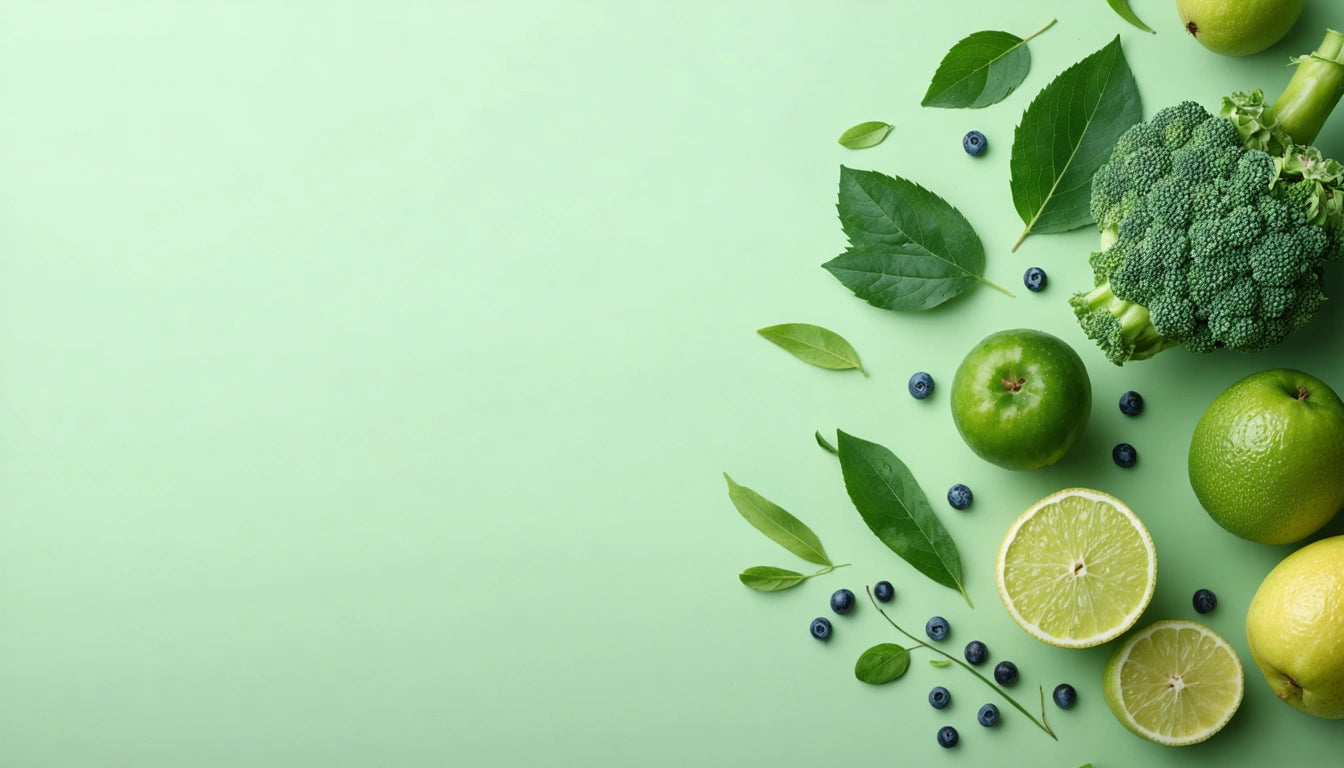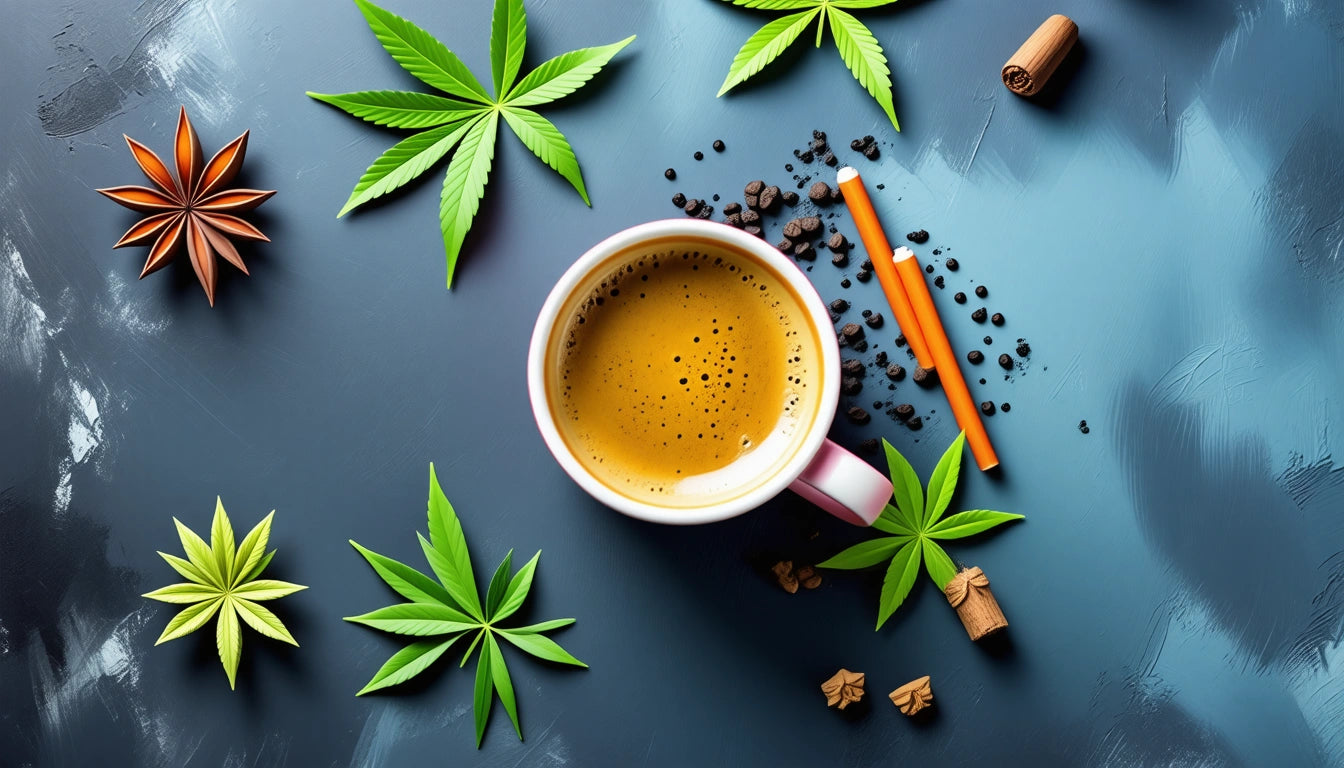Table of Contents
Top Packaging Innovations Disrupting the Food Industry
The food packaging industry is experiencing unprecedented transformation as consumer demands, sustainability concerns, and technological advancements converge. These innovations are reshaping how products are preserved, presented, and protected throughout the supply chain. For food businesses, staying current with these developments isn't just about competitive advantage but also about meeting evolving regulatory standards and consumer expectations.
Sustainable Materials Revolution
Sustainability has moved from a niche concern to a central focus in food packaging. According to industry research on sustainable food packaging, several materials are leading this revolution:
- Biodegradable films derived from cellulose and other plant materials
- Compostable packaging made from agricultural waste
- Recycled plastic alternatives that maintain food safety standards
- Edible packaging solutions for appropriate food items
These materials address growing consumer demand for environmentally responsible packaging while helping brands reduce their carbon footprint. Many innovative companies are developing packaging that breaks down within weeks rather than centuries, dramatically reducing environmental impact.
Smart Packaging Technologies
Smart packaging represents one of the most significant disruptions in the food industry. These technologies extend beyond basic containment to provide information, enhance convenience, and improve safety:
Time-Temperature Indicators
These visual indicators change color when products have been exposed to temperatures outside safe ranges for specific periods, helping consumers identify potentially compromised products.
Freshness Monitoring
Advanced sensors can detect gases released during food spoilage, providing real-time information about product freshness. This technology helps reduce food waste by giving consumers accurate information about when food is actually spoiled rather than relying on often conservative expiration dates.
QR and NFC Integration
Digital integration allows consumers to access detailed product information, authentication verification, and even recipe suggestions by scanning packaging with smartphones. This creates an interactive experience that builds brand engagement while providing valuable information.
Safety Innovations
Food safety remains paramount in packaging design, with several innovations addressing both consumer and regulatory concerns:
Antimicrobial packaging incorporates compounds that inhibit bacterial growth, extending shelf life naturally. These solutions are particularly valuable for fresh produce and meats, where spoilage occurs rapidly.
Child-resistant features have become increasingly important as packaging must balance accessibility for adults with safety for children. Specialized safety lids and closures provide protection without compromising convenience for the intended users, particularly important for products that could be harmful if improperly accessed.
Tamper-evident seals have evolved beyond simple plastic bands to include sophisticated indicators that irreversibly show if packaging has been opened. This addresses food safety concerns while building consumer confidence in product integrity.
Functional Design Advancements
Beyond materials and technology, significant innovations are occurring in the fundamental design of food packaging:
Portion Control Solutions
As portion awareness grows, packaging that helps consumers manage serving sizes is gaining popularity. These designs help address health concerns while reducing food waste from oversized portions.
Resealable Innovations
Advanced closure systems maintain freshness after opening without requiring additional storage containers. These solutions combine convenience with waste reduction and are particularly popular for snack foods and dairy products.
Space-Efficient Designs
Packaging that minimizes empty space reduces material usage and shipping costs while maximizing retail shelf efficiency. As noted in this guide on cost-effective food packaging, optimized dimensions can significantly reduce overall packaging expenses.
For small food businesses, these functional innovations are particularly important as they often operate with tighter margins. Custom packaging solutions that incorporate these advancements can help smaller operations compete effectively with larger brands.
Future Packaging Landscape
The evolution of food packaging continues to accelerate, with several emerging trends poised to further disrupt the industry:
Packaging that actively extends shelf life through controlled release of preservatives or moisture control is moving from research labs to commercial applications. These solutions could dramatically reduce food waste throughout the supply chain, addressing a major global challenge highlighted in research on packaging's role in reducing food waste.
Consumer data integration is enabling personalized packaging experiences, with designs that adapt to individual preferences or needs. This level of customization creates new marketing opportunities while enhancing consumer engagement.
Regulatory compliance is driving innovation as well, with packaging designed to meet increasingly stringent standards for materials safety, environmental impact, and information disclosure. Forward-thinking companies are developing solutions that anticipate regulatory changes rather than merely responding to them.
As these innovations continue to develop, food businesses that embrace them will find competitive advantages in efficiency, consumer appeal, and sustainability credentials. The most successful packaging solutions will balance multiple priorities: environmental responsibility, functional performance, consumer convenience, and brand differentiation.











Leave a comment
All comments are moderated before being published.
This site is protected by hCaptcha and the hCaptcha Privacy Policy and Terms of Service apply.